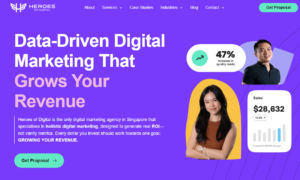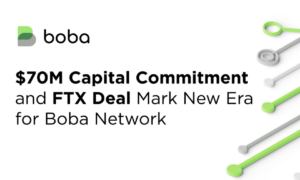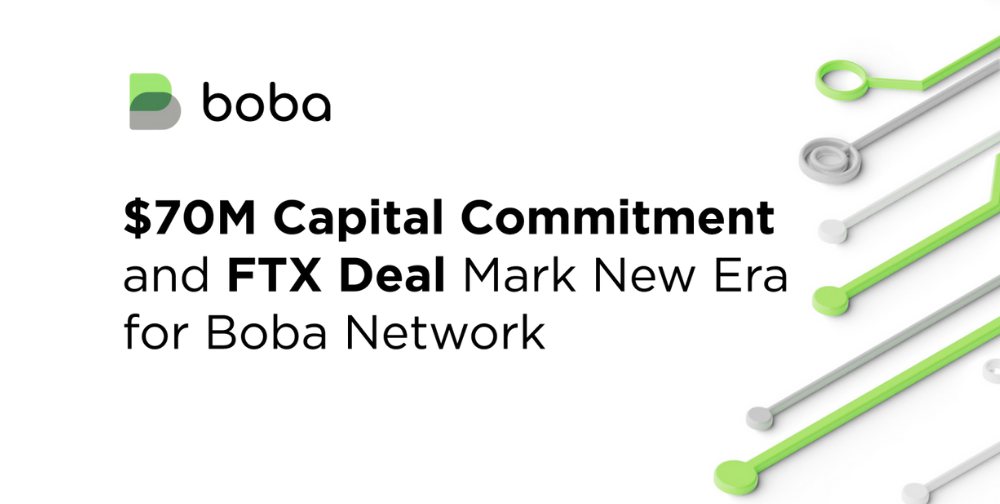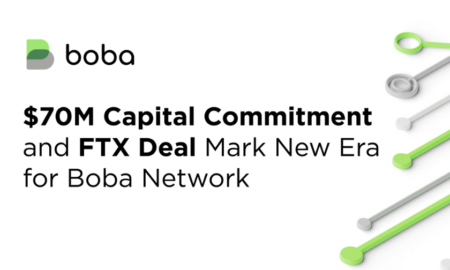Technology has taken the world by storm, and web design chicago is emerging as a hub of creativity, strategic communication, and technological sophistication. As businesses all over are recognizing the importance of web design for their online presence, professionals located here are setting the standards for digital excellence.
Web designers are blending cutting-edge technology with creative vision with one goal; boosting business’s online presence and visibility to engage clients.
The Evolution of Web Design: How It Came To Be?
The digital world has transformed drastically in the last couple of years, with web design moving faster and faster.
Now, web design is viewed way beyond simple visual aesthetics that capture viewers’ attention. Web design represents a complex blend of UX, strategic brand communication, and technological functionality.
With its possibilities and diversity, the digital ecosystem and a creative talent pool of web designers represent the cornerstone of this digital revolution that is not yet complete—but constantly evolving.
Creating Meaningful Digital Experiences
Professional web designers fully understand that an effective digital presence and experience are not just made to look good; instead, they are made to be intuitive, responsive, and, most importantly, meaningful to the viewer’s eye.
The approach of each web design project is created with the same aim—to carefully analyze the target audience, their needs, and behaviors—all to create digital experiences and solutions that “speak volumes.”
Must Read: https://tododisca.com/
5 Cutting-Edge Web Design Signs We’ll See in 2025
In a sea of advancements, here are the 5 most note-worthy web design trends that will shape the year we are entering:
-
Mobile-First Design
Mobile-first design has revolutionized and become much more than a trend. Nowadays, it represents one of the fundamental approaches to web development.
With over 60% of the global internet coming from people’s smartphones, web designers recognize the importance of small screens and adapt their techniques to meet this trend.
This approach ensures that websites are responsive and optimized for mobile users. Some of the considerations for this trend include the following:
- Faster loading times
- Simple navigation
- Touch-friendly interface
- Content hierarchy
- Cross-device experience
-
Inviting Visual Experience
The visual design has evolved from static images to 3D, interactive experiences that capture the viewers’ attention. Now, websites are beginning to incorporate advanced technologies like AR and VR to create memorable and engaging experiences.
These experiences can be categorized by:
- 3D depth and realism
- Storytelling through visual techniques
- Interactive product displays
- Engaging multimedia elements
- Boundary-publishing design innovations
-
AI Personalization
There’s no denying the fact that AI possibilities are at the forefront of transforming web design by creating highly personalized experiences. Modern websites are now adapting in real-time, learning from user behaviors and preferences to deliver tailored content and interfaces.
AI personalization goes way beyond simple recommendations; it includes:
- Analyzing user interaction patterns
- Predicting user needs
- Dynamically adjusting content
- Enhancing engagement through intelligent design
- More intuitive navigation experiences
-
Micro-Interactions and Dynamic Elements
Subtle animations and interactive elements have become essential in creating immersive web experiences. These micro-interactions provide user attention and visual feedback, and most importantly, they can feel more human and responsive.
Some of the key aspects of micro-interactions include the following points:
- Subtle animations
- Interactive buttons
- Loading indicators
- Hover effects
- Scroll-triggered animations
-
Ethical and Accessible Design
As we’ve already mentioned, web design is focused on inclusivity and social responsibility. Web designers are making accessibility their top priority, which ensures that individuals with a wide range of abilities and technological limitations can use websites.
Some ethical design principles regarding this trend include the following:
- Universal design considerations
- Color contrast optimization
- WCAG compliance
- Screen reader compatibility
- Alternative navigation methods
Choosing The Right Web Design Partner for Your Business
Making the right selection regarding web designers for your business requires careful consideration.
For starters, businesses and companies should carefully evaluate potential partners based on their comprehensive technical expertise, portfolio, communication skills, and ability to understand a business’s unique needs.
There are red flags when it comes to choosing partners for your business as well. They include complete reliance on generic templates, limited technological understanding of a business’s needs, and inflexible design approaches.
Conclusion
A website redesign is more than just an upgrade—it’s a strategically-planned investment in your digital presence.
By addressing the 5 key areas mentioned in this article, businesses can create efficient, engaging, and user-centric online experiences that boost satisfaction and growth.
Overall, professional web design agencies offer the expertise that is much needed to make sure that websites meet the current technological needs and standards—intending to position businesses for future digital success and growth.
To close up, here’s a tip:
Successful web design in 2025 will be all about creating meaningful, user-centric experiences that perfectly blend cutting-edge technology with intuitive functionality.



































